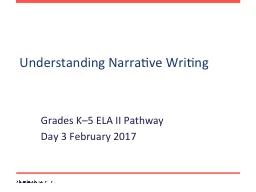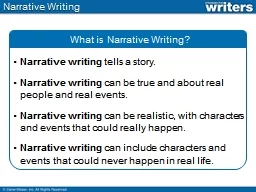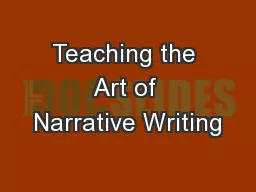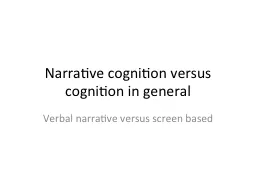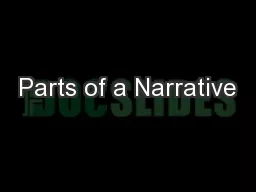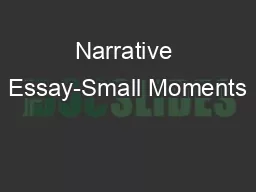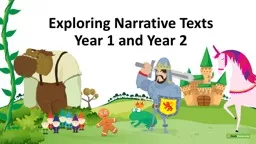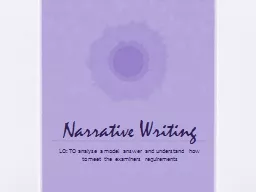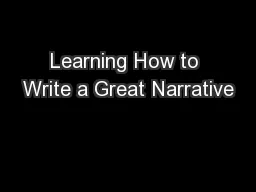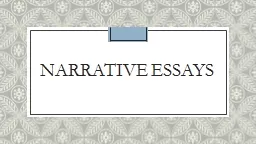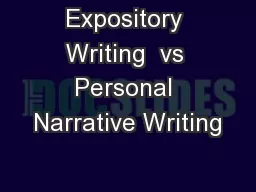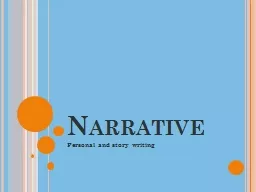PPT-Understanding Narrative Writing
Author : celsa-spraggs | Published Date : 2017-07-05
Grades K5 ELA II Pathway Day 3 February 2017 Objectives Participants will understand the dimensions of the Narrative Writing Standard by analyzing student work
Presentation Embed Code
Download Presentation
Download Presentation The PPT/PDF document "Understanding Narrative Writing" is the property of its rightful owner. Permission is granted to download and print the materials on this website for personal, non-commercial use only, and to display it on your personal computer provided you do not modify the materials and that you retain all copyright notices contained in the materials. By downloading content from our website, you accept the terms of this agreement.
Understanding Narrative Writing: Transcript
Download Rules Of Document
"Understanding Narrative Writing"The content belongs to its owner. You may download and print it for personal use, without modification, and keep all copyright notices. By downloading, you agree to these terms.
Related Documents

